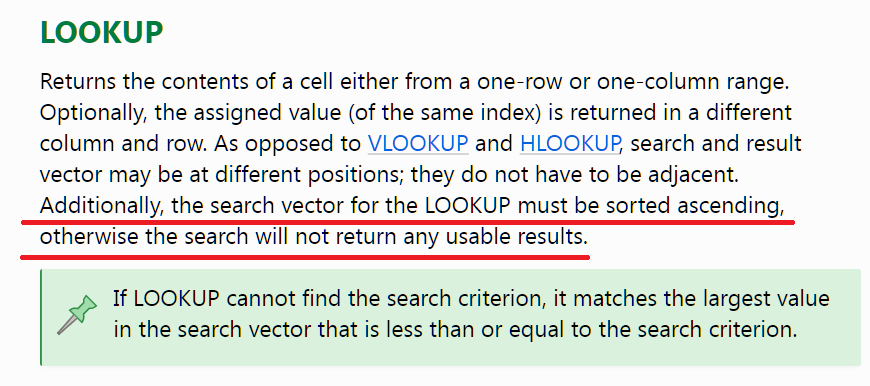=VLOOKUP(A2;$Sheet1.A2:Sheet1.B1000;2)
works. Could I obtain the same for the entire column with an Array function? With the additional benefit casual users, even more casual than me that is, won’t know how to modify it.
Seems XLOOKUP now available in v24.8 dev may do what I want. But I am stuck with v7.4 anyway.
Side note: why XLOOKUP references COM.MICROSOFT.XLOOKUP ?

